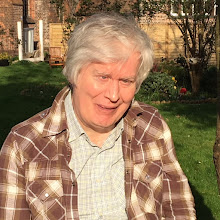: A Personal Journey
In 1998, I sustained 30% brain damage in a car accident on the M6 in the UK. Two years later, I began studying physiotherapy at Sheffield University, focusing on the therapeutic potential of ultrasound for healing scarred and undamaged tissue.
Through personal experimentation, I discovered that an 8-watt, 1 MHz ultrasound device—originally designed as a medically licensed home beauty tool—could do more than just treat superficial issues. I found it could help clear damaged cells and viral remnants from the body. This led me to explore its potential in targeting cancerous cells and regenerating damaged neural tissue.
Ultrasound and Trauma Recovery
After a serious trauma, I observed that waiting approximately one month before applying ultrasound allowed the body to begin localized repair. At that point, damaged brain or spinal cells become biologically inactive. Using ultrasound externally over the affected area appears to rupture these inactive cells, allowing the immune system to clear them without triggering inflammation.
This process seems to stimulate local stem cells to generate new, intact cells—effectively replacing the damaged tissue within a month. I supported this regeneration with a high-protein diet, even giving up vegetarianism after 10 years to optimize recovery.
From Recovery to Renewal
The results were astonishing. I regained enough cognitive function to perform on stage at the Vicar’s UK Theatre for a week—something I never imagined possible after my injury.
A Call for Open-Minded Research
Despite publishing papers on this approach since 2000, mainstream medicine has yet to explore the biochemical mechanisms behind these outcomes. Regulatory barriers often prevent alternative treatments from being recognized once a condition is deemed “cured.”
I believe it’s time to challenge that narrative. We can fix spinal and head damage. We just need the courage to look beyond conventional boundaries.


No comments:
Post a Comment